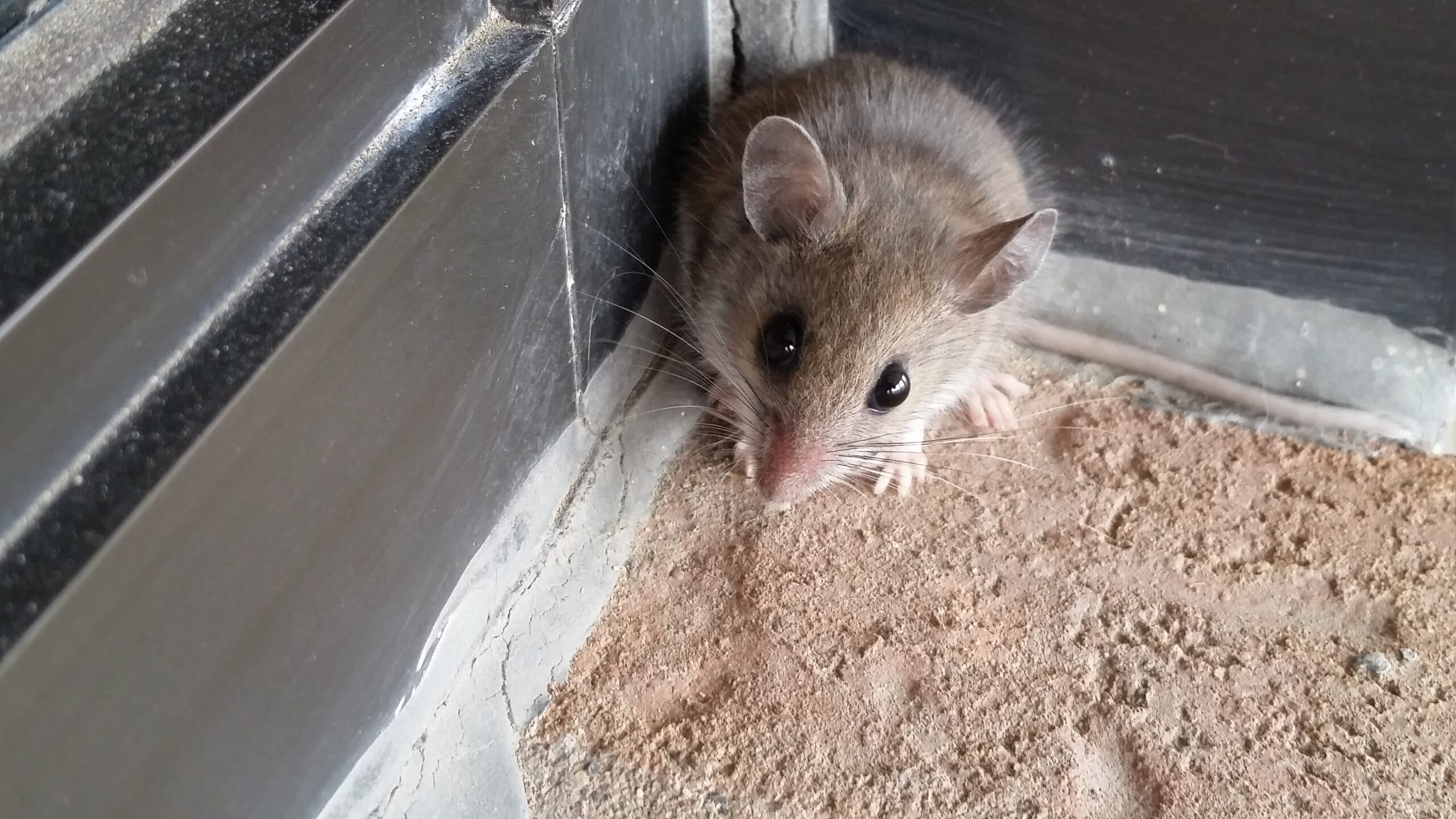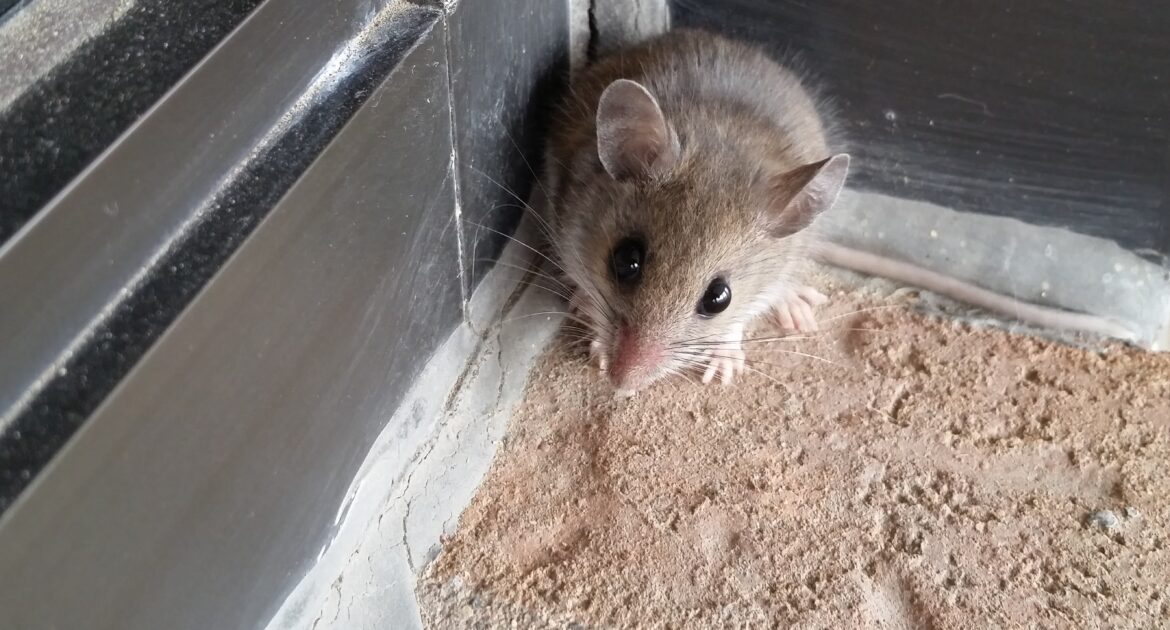Spring cleaning is not just for tidying up your living space; it’s also the perfect opportunity to protect your home from animals looking to move in. By addressing possible entry points and areas of clutter, you can answer a nagging question many homeowners face during the warmer months—”how do mice get in the house?”
Trust us, you’re not alone in tackling this issue. At Skedaddle, we encourage taking proactive steps to safeguard your home against unwelcome guests by focusing on wildlife-proofing your home. With a thorough plan and careful execution, you’ll achieve a cleaner, safer, and more secure home environment. Below, we’ll share crucial steps to take right now to keep animals at bay.
Why Spring Wildlife Prevention Tips Matter
Spring is a prime season for animals to seek out new shelters, and homes provide them with warmth, food, and protection. During my years working with Skedaddle, I’ve repeatedly seen how small, chaotic issues like a messy garage or an overlooked hole in the wall can turn into real problems. Animals like mice, squirrels, and raccoons are resourceful. They exploit cluttered yards, unsecured openings, and even your attic insulation as ideal nesting spots.
For homeowners, this isn’t just about comfort—it’s a matter of safety. Animals can spread diseases, damage insulation, chew through wires, and even jeopardize structural integrity. Beyond the obvious health and financial costs, resolving these issues often takes considerable time without the proper approach. That’s why spring cleaning tied into prevention is key.
Make no mistake; sealing up your home without a proper cleanup will only delay issues. I’ve seen animals chew through hastily patched holes or push aside weak efforts to shut them out. A comprehensive strategy that focuses on cleanliness, repairs, and vigilance will save you headaches in the future. Below, I’ll show you how to tackle specific steps effectively.
How Do Mice Get in the House?
Mice are exceptionally gifted escape artists. I’ve come across scenarios where a mouse managed to squeeze through openings as small as a dime—yes, a dime! Part of what makes mice infestations particularly frustrating is their ability to exploit areas we often overlook. Gaps in siding, holes near pipe entries, and torn window screens all provide a perfect invitation.
Mice are nocturnal, meaning the signs of their activity—droppings, damage to stored food, or strange scratching noises at night—are easy to miss in their early stages. The longer they go unnoticed, the larger their population grows. To make things worse, their constant gnawing can chew through drywall, furniture, and, most concerning, electrical wires, causing fire hazards.
During this spring cleaning process, focus on inspecting the following areas to ensure mice don’t get past your first line of defence:
- Foundations and Walls: Check for cracks, crevices, or loose-fitting vents. Mice can get their entire body through surprisingly tight openings.
- Windowsills and Doors: Weatherstripping that’s worn or missing makes it easier for mice to wiggle indoors. Install new rubber seals and inspect frequently used entry doors.
- Basements and Crawl Spaces: Damp, cluttered basements or crawl spaces provide a haven, particularly if food, birdseed, or pet kibble accidentally collects there. Clean these spaces thoroughly.
Each year at Skedaddle, we handle dozens of cases where homeowners weren’t aware of these specific vulnerabilities. It’s always easier to address them during cleaning than after visible signs of infestations have taken root.
Practical Wildlife-Proofing Steps for a Secure Home
If mice aren’t a problem yet, general prevention through wildlife-proofing your home is a must. Spring cleaning plays a pivotal role in this by eliminating conditions that attract animals in the first place. Animals naturally gravitate towards food sources, warm spots, and areas where humans rarely visit. Start by making these areas far less appealing.
First, your yard should be a starting point for wildlife-proofing. Trim back any overgrown vegetation, particularly shrubs touching or pressuring house walls. I commonly see overhanging branches act as convenient highways for animals like squirrels to access gutters or unsecured roof vents.
Second, identify weak points around the structure. Sealing even the tiniest gaps, such as those forming around utility pipes, damaged chimneys, or soffits, will make an enormous difference. For added effectiveness, we recommend using heavy-duty steel wire mesh to reinforce these areas. Steel is resistant to being chewed, scratched, or bent out of place.
Finally, proper waste management works wonders in deterring scavengers like raccoons. Ensure garbage bins have tight-sealing lids—they make attractive targets when tipped over, especially if last night’s barbecue leftovers are inside. A large portion of Skedaddle’s calls in spring relates directly to poorly managed trash habits, which are easily corrected with a bit of reorganization.
Remember, your garage is not immune either! Don’t use it as a catch-all storage space for perishable goods, grains, or birdseed. Make cluttered shelves a thing of the past and regularly sweep or vacuum to prevent animals from nesting.
Act Before You Have Unwanted Guests
By now, your spring cleaning efforts should be paying off. However, animals always seem to have one new way of surprising us each year. The diversity of tactics they use often ties into your local environment. If you’re in an area surrounded by trees, squirrels and birds are frequent troublemakers. Meanwhile, suburban homes with expansive lawns or nearby farmland are more vulnerable to rodents like mice.
A major benefit of spring wildlife prevention tips lies in empowering you to act before problems occur at all. While repairing a roof or patching a chimney might sound minor, these measures often spell the difference between an uninterrupted season and a year battling costly damages caused by intruding guests. The most rewarding calls we get as service experts end with customers thanking themselves for acting early on the advice we gave.
Lastly, whether you have extreme issues or mild concerns, never cut corners in making your home as uninviting as possible to animals. For example, we encourage people to learn the proper use of caulks, heavy-duty cleaners, or motion-detection devices designed for security. High-pitched sound deterrents exist too—but understanding the specific triggers animals are using to breach your home comes first!
Invest in Long-Term Home Protection
Spring is a season for new beginnings, and this year, it could mean a much calmer, quieter home for you. Effective planning by wildlife-proofing your home during your cleaning routine makes all the difference in breathing easy come summertime.
If you’re feeling overwhelmed or want professional guidance, reach out to a service you can rely on, like Skedaddle. Having worked with thousands of homes as wildlife removal experts, we fully understand the hurdles homeowners face. The key isn’t perfection—it’s being proactive and covering as many steps as possible before animals find their way indoors.
Contact our experts at Skedaddle Wildlife Removal in Kitchener today!




